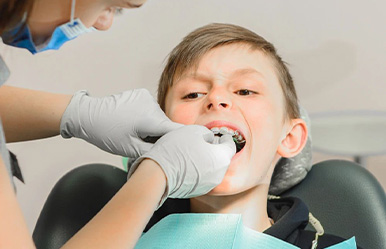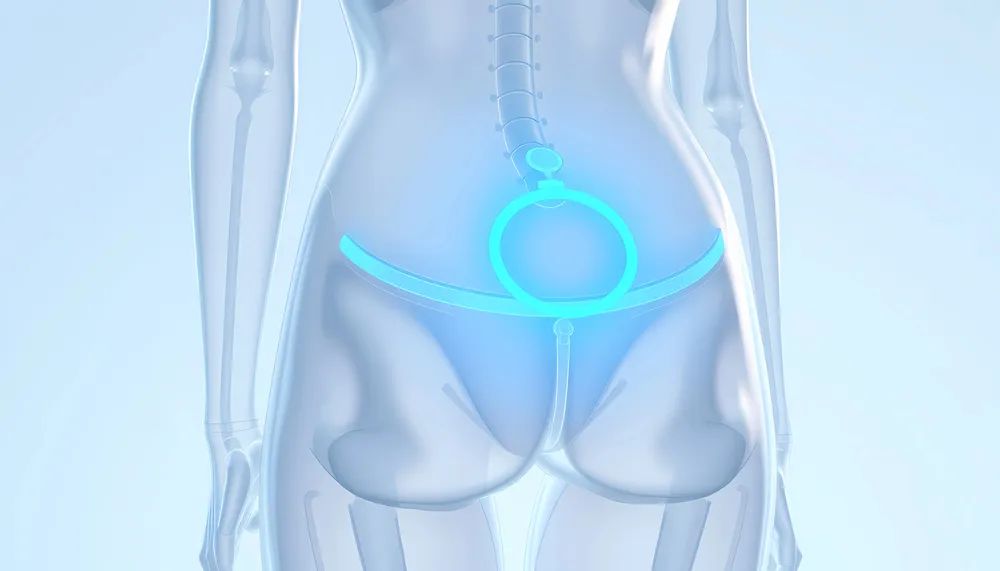Getting Braces: What You Need to Know
2021-02-02

What is orthodontics?
Orthodontics is the discipline of dentistry concerned with aligning the teeth and jaws to improve one’s smile and oral health. “Ortho” means correct or straight. Through orthodontic treatment, problems like crooked or crowded teeth, over-bite or open-bit, incorrect jaw position, and disorders of the jaw joints can be corrected.
When is the right time for braces?
Patients with orthodontic problems can benefit from treatment at various ages. An ideal time to start treatment is between 10 and 14 years of age, when most of the adult teeth have erupted. Sometimes orthodontic treatment can be started earlier at 7-8 years old, when the misalignment is due to skeletal problems. But braces aren’t just for kids. More adults these days are also wearing braces to correct dental problems and to improve their smiles.
Will treatment be uncomfortable?
The interconnecting wires are tightened at each visit, bearing mild pressure on the brackets or bands to shift the teeth or jaws gradually into a desired position. You teeth and jaw may feel slightly sore after each visit, but the discomfort is brief and can be mitigated in a variety of ways, including over the counter medication such as Tylenol.
What are the different types of braces that are available?
Brackets. These can be made of metal or ceramic and are bonded to the front surfaces of the teeth. Ceramic braces are far less noticeable than their metal counterparts.
Lingual braces. These brackets are bonded to the back surfaces of the teeth and are therefore hidden from view.
Invisible braces. These are transparent trays that are fitted to the teeth and which are virtually unnoticeable.

What do I need to know about caring for my teeth with braces?
Oral hygiene is always important, but those with braces must be particularly vigilant regarding care of their teeth. Braces have tiny spaces where food particles and plaque get trapped easily. Insufficient cleaning while wearing braces can cause staining and decayed teeth. For that reason, it’s important to brush carefully after every meal with a soft-bristled toothbrush. Rinse thoroughly and check your teeth in the mirror afterward to make sure they are clean. Floss between braces and under the wires with the help of a floss threader. Have your teeth cleaned by your dentist every 4-6 months to keep your teeth and gums healthy. In addition to giving your teeth a thorough cleaning, your dentist may prescribe fluoride gel treatment or mouth rinses if required.
What are some signs that my child should see an orthodontist?
- Early or late loss of baby teeth
- Difficulty in chewing or biting
- Mouth breathing
- Finger sucking or other oral habits
- Crowding, misplaced, or blocked-out teeth
- Speech difficulty
- Biting the cheek or biting into the roof of the mouth
- Protruding teeth
- Teeth that meet in an abnormal way or don’t meet at all
- Facial imbalances or asymmetry
- Grinding or clenching of teeth
At ParkwayHealth, our international team of highly qualified dentists and orthodontists will ensure that you and your family receive the very best dental care by providing services that follow strict international guidelines and protocols. Our Dental Centers, located in the Shanghai Center and in Pudong Jin Qiao, are equipped with the latest state-of-the-art dental equipment. If you would like to start orthodontic treatment for you or your child, please call our Appointment Service Center at 400.819.6622 to make an appointment today.
Article reviewed by Dr Yafei Si, Orthodontist at ParkwayHealth

References:
1. American Association of Orthodontists
2. www.braces.org





























